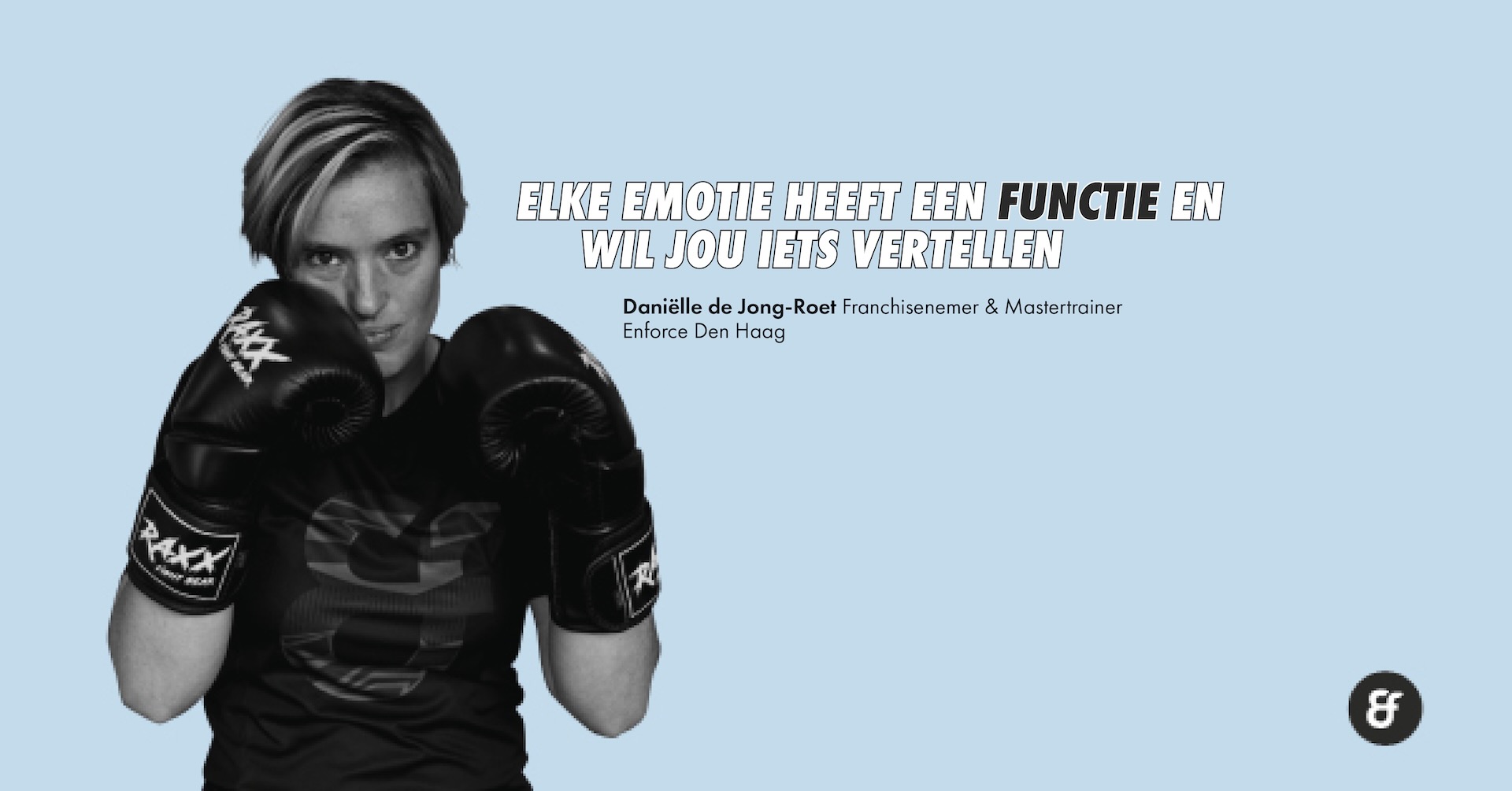We often unconsciously allow ourselves to be guided by our emotions. Are you your emotions? Learn to become aware of this.
You probably recognize a thought like this: “I just want to eat this bag of chips right now because I feel depressed. Tomorrow I will eat healthy again.”
We hear it regularly in our studios and clubs. “I am an emotional eater. I felt bad and I couldn't do anything. So I ate that bar of chocolate. I really needed that.”
This raises several questions for us. Did you really need that? Or was there something else underneath? What emotion, thought event preceded this? How long did you actually dwell on this thought? Or did you immediately eat that bar of chocolate in response? And how did you feel after you ate that bar?
An emotion is an inner experience or mood movement. The four basic emotions are joy, fear, anger and sadness. An emotion can be evoked by a certain situation or occur spontaneously. Emotions are subjective experiences and are associated with physical reactions, facial expressions and behavior.
Every emotion has a function and wants to tell you something. What are the basic functions of these different emotions?
The function of the emotion happiness is to charge. Happiness develops energy to develop and maintain a zest for life. By being happy, you recharge and are better able to face future challenges. Happiness has great healing power. Enjoyment is a root of health.
The function of the emotion of anger is to guard boundaries. Getting angry is healthy. Its function is to protect the vulnerable and occurs when a certain limit is exceeded. So that is a positive intention of behavior that is often labeled as wrong. Frustration is a mild form of anger and ultimately leads to setting boundaries.
The function of the emotion of fear is to move us towards safety. If you use fear effectively, you will think extra carefully, your perception will become sharper, your sensitivity will increase and your physical capacity will grow enormously. Your body prepares you to fight or flee. For both you need the above characteristics.
The function of the emotion of sadness is to process loss and indicate the need for support. Everyone faces loss in their lives. We are simply not born in paradise. The function of grief is to make such a connection with the lost - where possible in intimacy and with the support of others - that distancing becomes possible.
The function of the physical feelings (body) is to make you aware of your physical needs. Physical feelings give you the energy to satisfy your physical needs (such as hunger, pain, warmth, sex) or to avoid an increase in needs. If you are aware of this, you can make choices.
There are often things that precede a moment of emotional eating or behavior related to it. Something happens that evokes a certain feeling in you, which in turn evokes thoughts, which leads to a consequence. And in this example that consequence is emotional eating. We often do not realize that the consequence of eating that bag of chips has nothing to do with the need for that bag of chips. The trick is to become aware of the emotion that a certain event evokes, which makes you inclined to eat a bag of chips. However, we naturally find it scary to look deeper at ourselves, to bring out the “pain” and to work with it.
Try the following four steps when you catch yourself walking to the cupboard to grab that bag of chips. Question your emotions at that moment and see where your needs actually lie.
• Step 1: Disconnect from the emotion. People tend to get caught up in their emotions and lose themselves in them. Your emotion is temporary and in no way defines you as a person. You only experience your emotion. The choice of how you respond to this is still yours. So detach from your emotion and decide for yourself what you want to do with it.
• Step 2: Bring the emotion back to the basic emotions. What emotion are you experiencing? Often all emotions can be traced back to happiness, fear, anger and sadness.
• Step 3: Listen to what the emotion wants to tell you. By listening, you pay attention to the signal, which allows your body to reduce or even stop the signal (the emotion). Moreover, you discover your needs through emotion.” This way you can take the necessary action to fulfill your need.
• Step 4: Take action to fulfill your need or avoid increase. What can you do yourself in the first place to fulfill your need? And secondly, what do you need from others in this regard? When your need is met, the core of the emotion is resolved.
A bonus tip: Think of your values that are related to a goal you have set. For example: “I have set a goal to lose five kilos, so that I feel more vital and have more energy to do things that I actually find important. And I now make the choice not to eat a bag of chips.”
Practice this and you will be amazed at what you find out. However, we naturally find it scary to look deeper at ourselves, to bring out the “pain” and to work with it.
Of course we can help you with this. Talk about it with your master trainer.
Daniëlle de Jong-Roet
Enforce Franchisee & Master Trainer
danielle@enforce.nl
Schedule a free coaching session or take the online membership test
Does this sound good and are you also ready for a fitter & healthier life? Then schedule a free coaching conversation now Join me or one of the other master trainers! 100% risk-free, the first step has never been easier!
Are you still in doubt? Then take the no-obligation online membership test: 6 short questions (only 1 minute to complete) to discover whether Enforce suits you!


